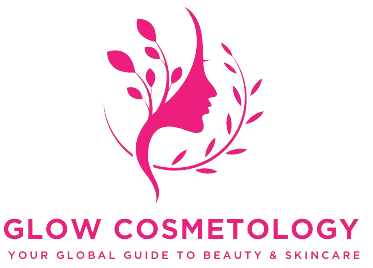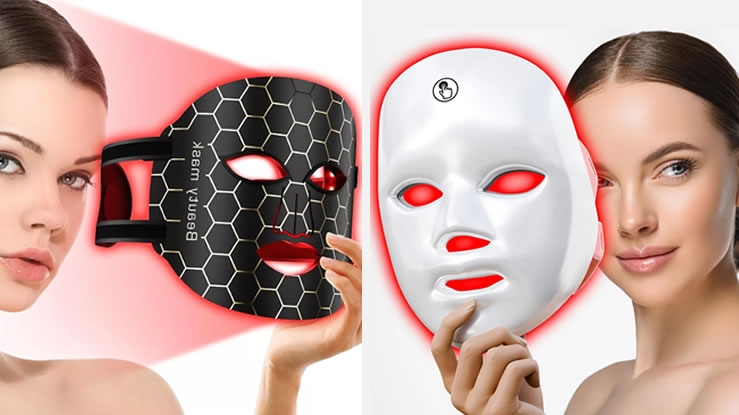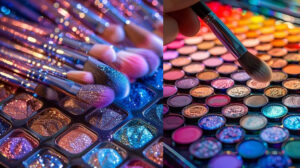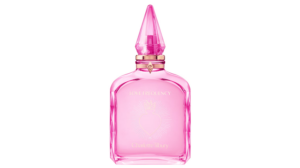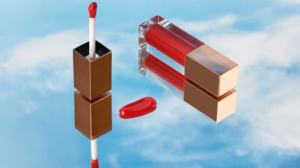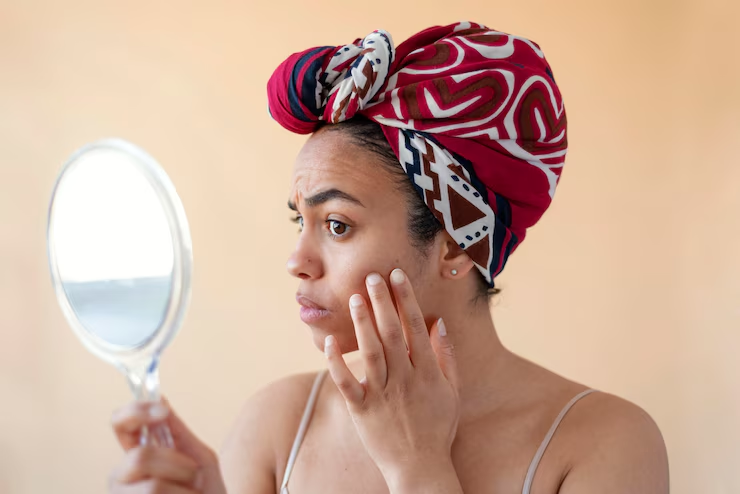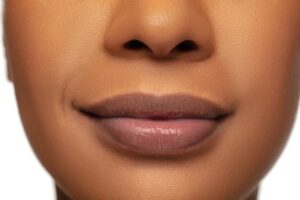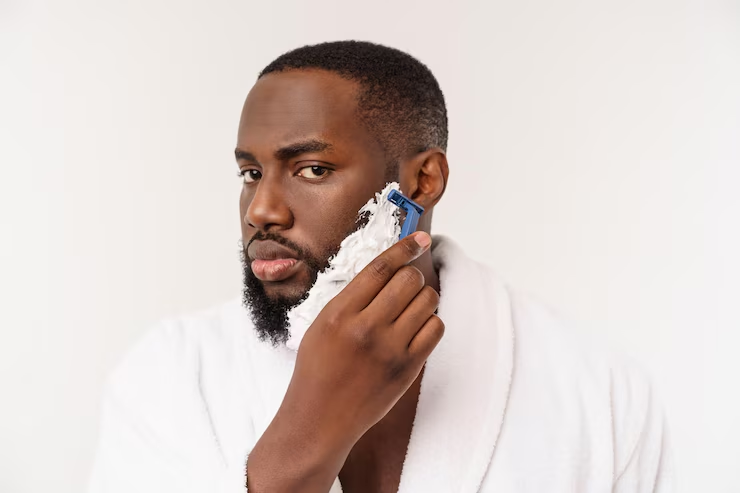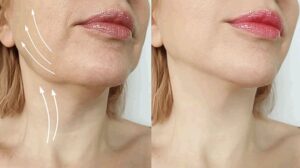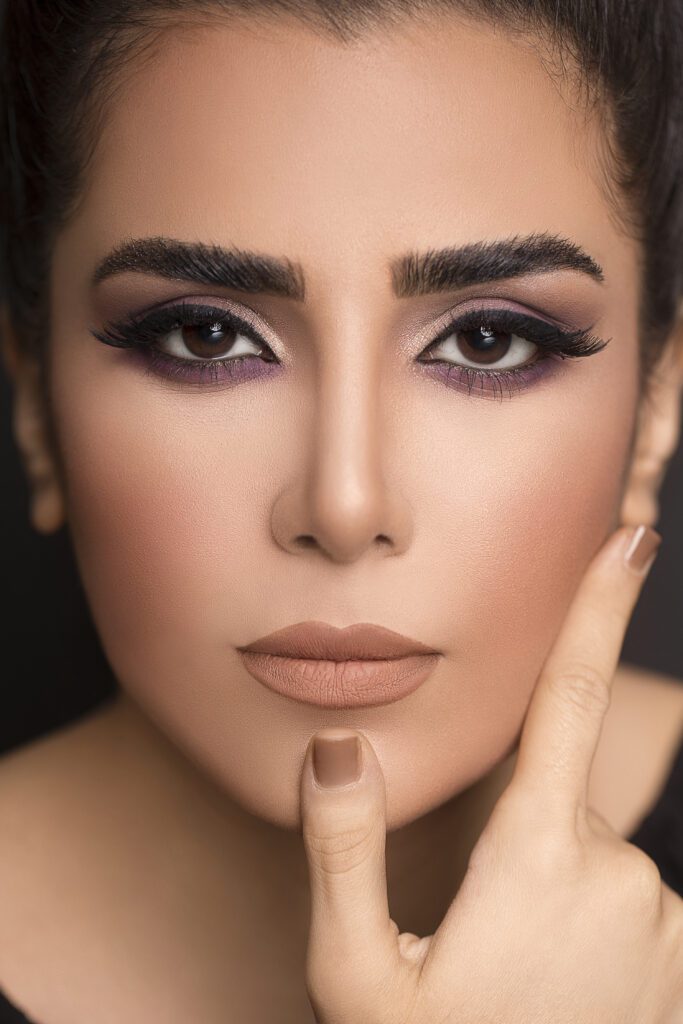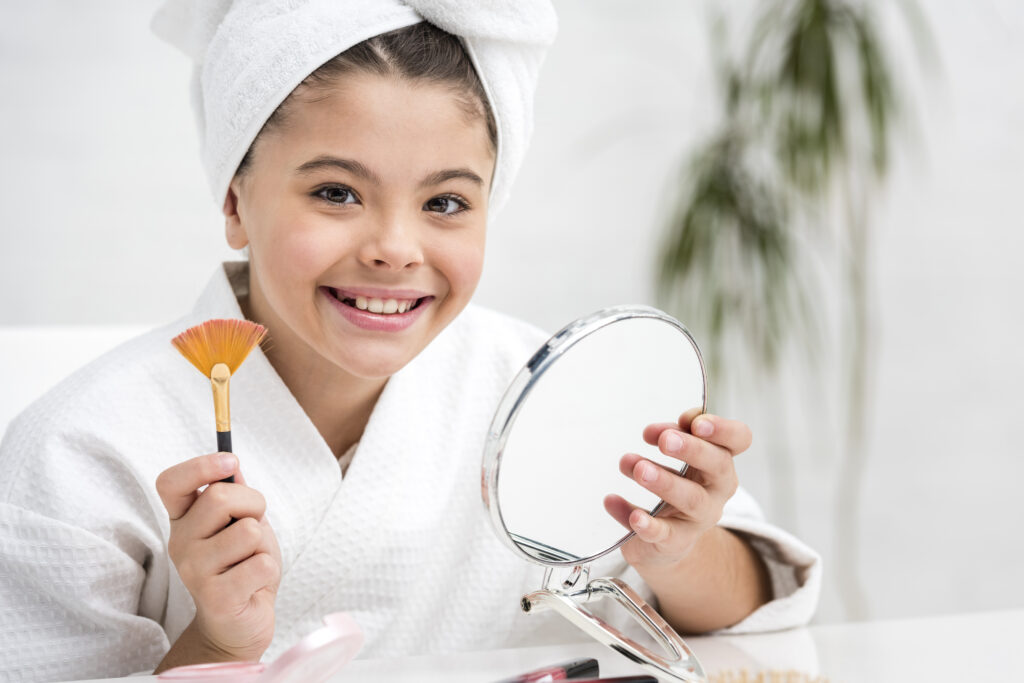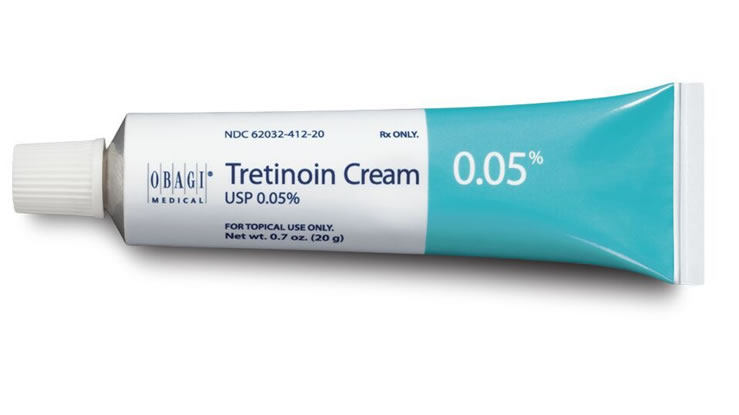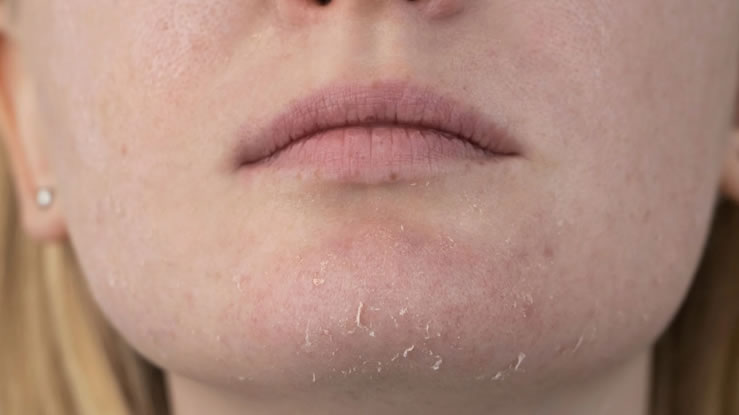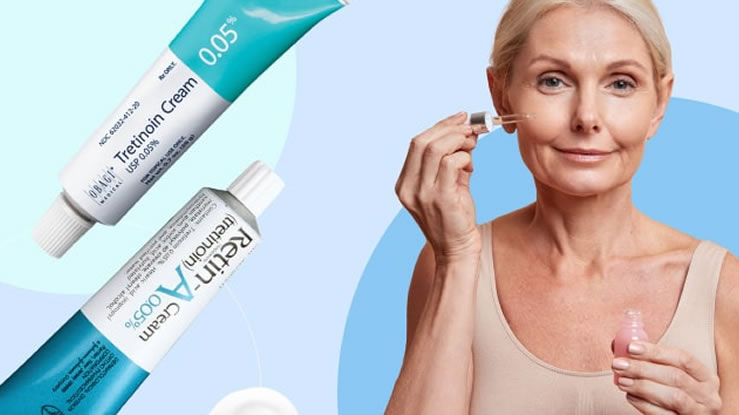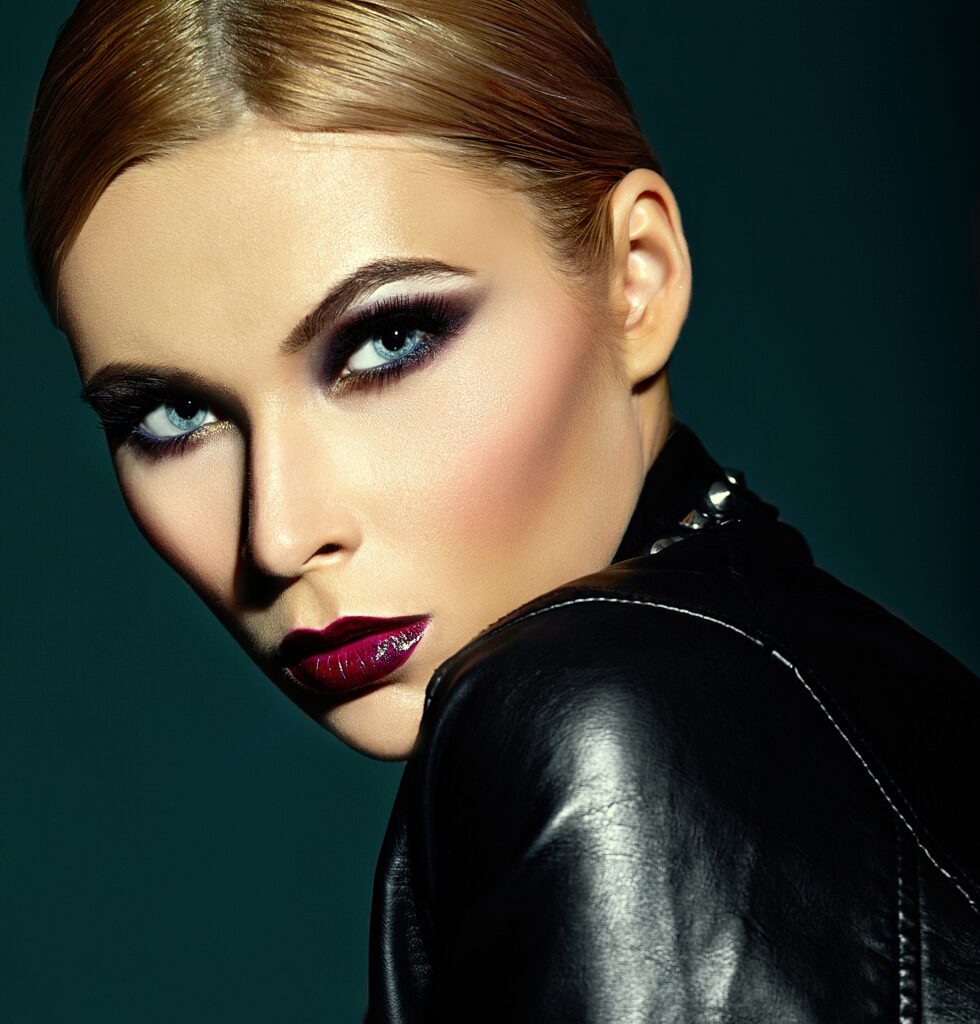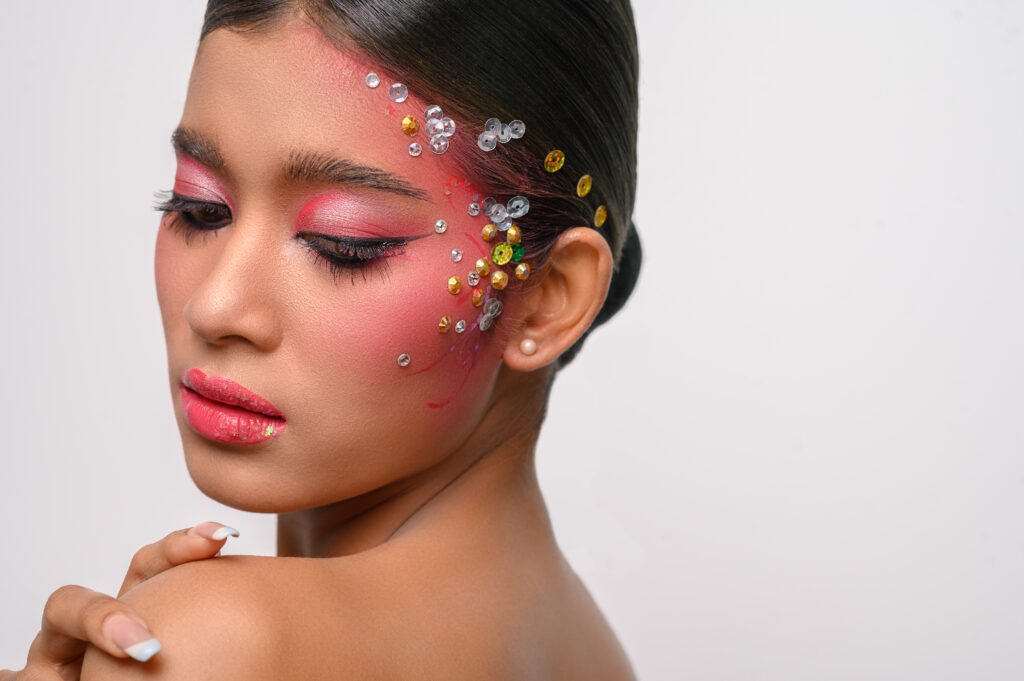LED face masks have become one of the most talked about skincare tools. Celebrities, dermatologists, and beauty influencers have been seen using them. They promise clearer, smoother, and younger-looking skin without the need for harsh treatments. Many people wonder if these masks really deliver results or if they are just another beauty trend. This article explains what LED face masks are, how they work, their benefits, risks, and whether they are worth the investment.
What Are LED Face Masks
An LED face mask is a skincare device that uses light-emitting diodes to treat different skin concerns. These masks cover the face like a shield and shine light of specific wavelengths onto the skin. Each type of light penetrates the skin at different depths and produces unique effects. Unlike lasers, LED lights do not burn or damage the skin. Instead, they stimulate natural processes that help repair and rejuvenate the skin.
Read Also>>>How to Properly Exfoliate Your Face for Smooth, Radiant Skin
How Do LED Face Masks Work
LED light works by sending low-level energy into the skin cells. This process is called photobiomodulation. The energy triggers cells to produce more of what the skin needs to stay healthy, such as collagen and elastin. These proteins keep the skin firm and smooth. The light also helps reduce inflammation and kill bacteria that cause acne.
Different light colors target different skin concerns:
-
Red light boosts collagen and reduces signs of aging.
-
Blue light fights acne-causing bacteria.
-
Green light calms redness and pigmentation.
-
Yellow light reduces swelling and improves circulation.
-
Purple light combines red and blue effects for both anti-aging and acne care.
Benefits of LED Face Masks
LED face masks offer several benefits when used regularly.
-
Improved Skin Texture – Red light helps make the skin smoother by increasing collagen production.
-
Acne Reduction – Blue light reduces breakouts by targeting bacteria deep in the pores.
-
Reduced Redness and Irritation – Green and yellow lights calm sensitive skin.
-
Brighter Complexion – Consistent use can even out skin tone.
-
Non-invasive Treatment – No needles or surgery are needed.
-
At-Home Convenience – Many masks can be safely used at home with proper guidance.
Do Dermatologists Approve LED Face Masks
Yes, many dermatologists approve the use of LED light therapy. It has been used in clinics for years to treat acne and signs of aging. Research supports its effectiveness when used consistently and correctly. Dermatologists often recommend professional treatments for stronger results, but they agree that at-home masks can help maintain improvements between clinic visits.
How Long Does It Take to See Results
Results from LED face masks are not instant. Most people start to notice changes after four to six weeks of consistent use. The skin needs time to rebuild collagen and heal inflammation. For acne, improvements may appear within a few weeks. For wrinkles or pigmentation, results can take several months.
Who Should Use LED Face Masks
LED masks are safe for most skin types. They can be helpful for:
-
People with mild to moderate acne
-
Those with early signs of aging
-
Individuals with uneven skin tone
-
People with redness or inflammation
Who Should Avoid LED Face Masks
Not everyone should use these devices. LED face masks may not be safe for:
-
People with skin cancer or a history of cancer
-
Pregnant women (safety data is limited)
-
People taking medications that cause light sensitivity
-
Individuals with epilepsy, as flashing lights can trigger seizures
If you have any medical condition, consult a doctor before use.
Risks and Side Effects of LED Face Masks
LED light is generally safe, but some risks exist. Possible side effects include:
-
Temporary redness or dryness
-
Eye strain if protective goggles are not used
-
Worsening of skin if overused
To reduce risks, follow the manufacturer’s instructions and limit sessions to recommended times.
How to Use an LED Face Mask Safely
For safe and effective use:
-
Cleanse your skin before using the mask.
-
Wear protective goggles to shield your eyes.
-
Choose the right light color for your skin concern.
-
Use consistently for 10–20 minutes, two to three times per week.
-
Apply moisturizer after treatment to prevent dryness.
Professional LED Treatments vs At-Home Masks
Professional LED therapy in a dermatologist’s office uses stronger devices and can produce faster results. At-home masks are weaker but still effective with regular use. The main difference is the intensity of light and speed of results. If you want quick changes, a clinic visit may be better. If you want maintenance, at-home masks can work well.
Are LED Face Masks Worth the Investment
LED face masks range from affordable models to expensive luxury versions. Whether they are worth it depends on your skin goals. If you struggle with acne, early wrinkles, or uneven skin tone, they may be a good investment. They save money compared to multiple clinic visits. For severe acne or advanced aging, professional treatments may be more effective.
Myths About LED Face Masks
There are many myths surrounding LED masks.
-
Myth: They cause cancer. No scientific evidence supports this. LED light is different from UV light and does not damage DNA.
-
Myth: Results are instant. Real changes take weeks of consistent use.
-
Myth: Any mask works the same. Quality matters, and cheap models may not provide correct wavelengths.
How to Choose the Right LED Face Mask
When buying an LED mask, consider:
-
Light colors available – Choose one that matches your skin concern.
-
FDA approval – Safer and tested devices are recommended.
-
Comfort and fit – The mask should sit well on your face.
-
Treatment time – Look for devices with shorter but effective sessions.
Combining LED Masks with Other Skincare
LED therapy can be combined with other skincare steps. For best results:
-
Use a gentle cleanser before treatment.
-
Apply serums with hyaluronic acid or peptides after the mask.
-
Avoid strong exfoliants or acids immediately before or after a session.
This routine enhances absorption and reduces irritation.
LED face masks are more than just a trend. They are supported by research and approved by many dermatologists. When used correctly and consistently, they can improve acne, wrinkles, redness, and overall skin texture. They are safe for most people, but those with medical conditions should check with a doctor before starting. While results take time, LED masks can be a valuable part of a long-term skincare routine.
